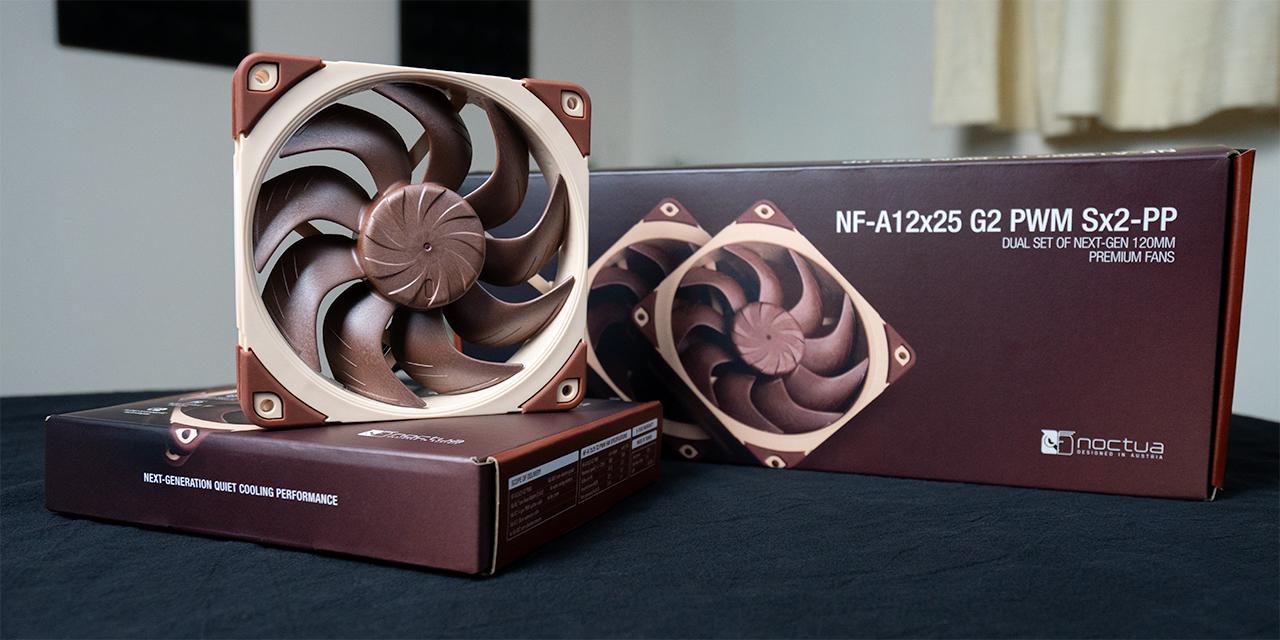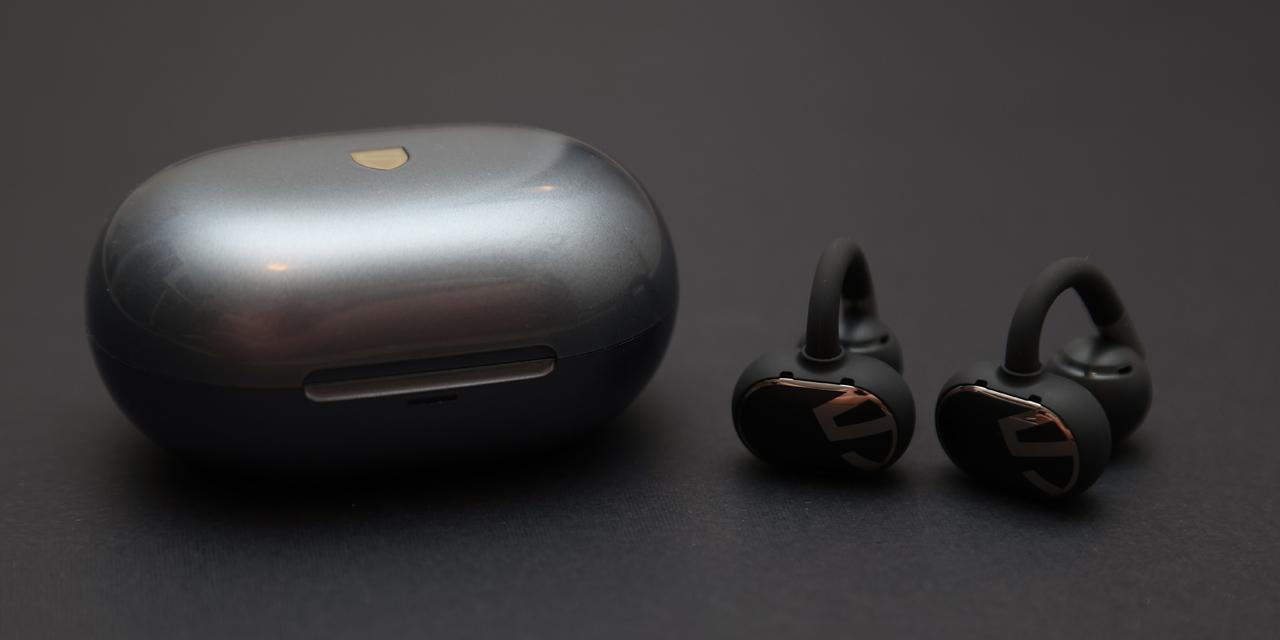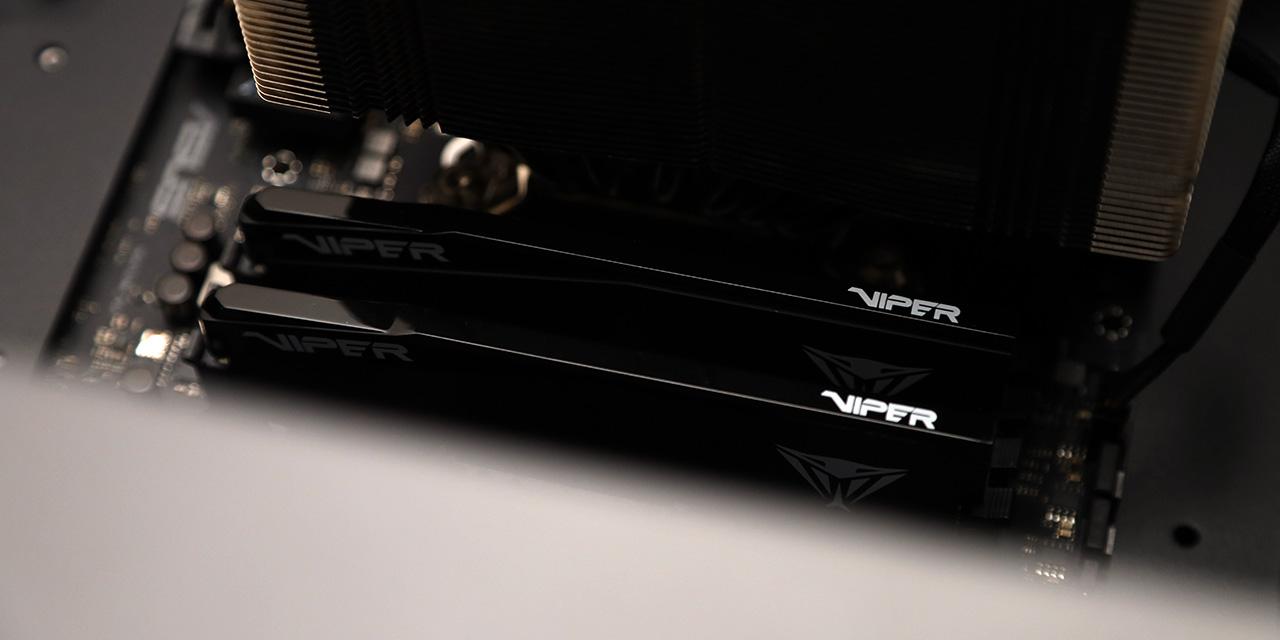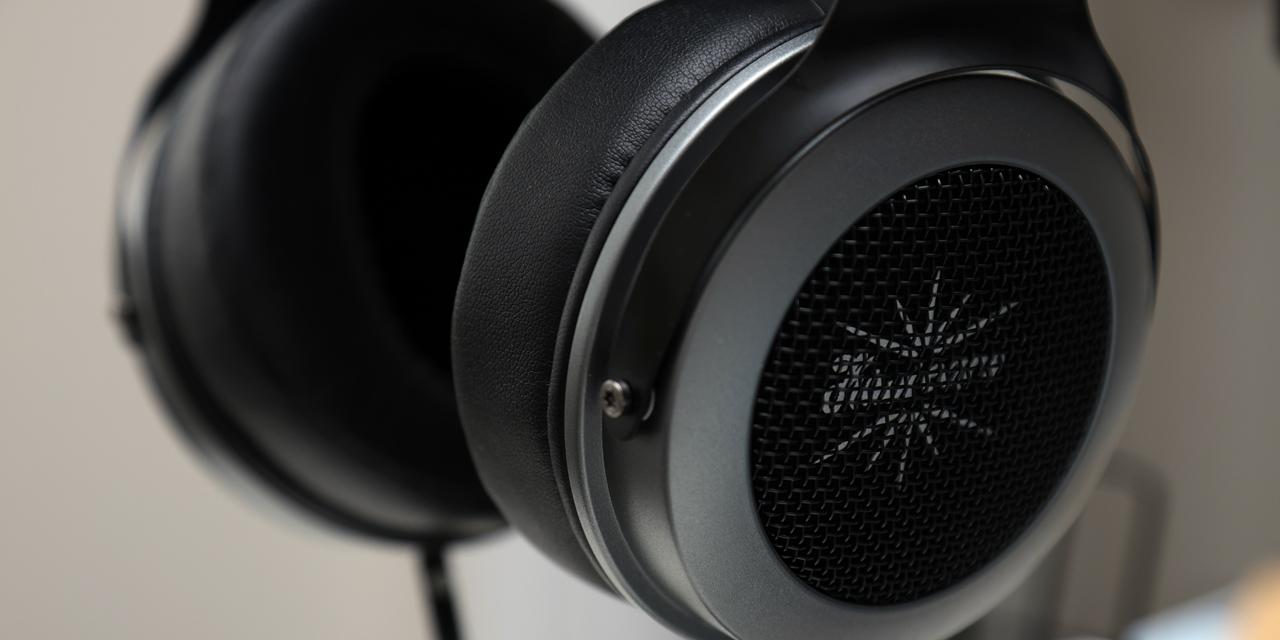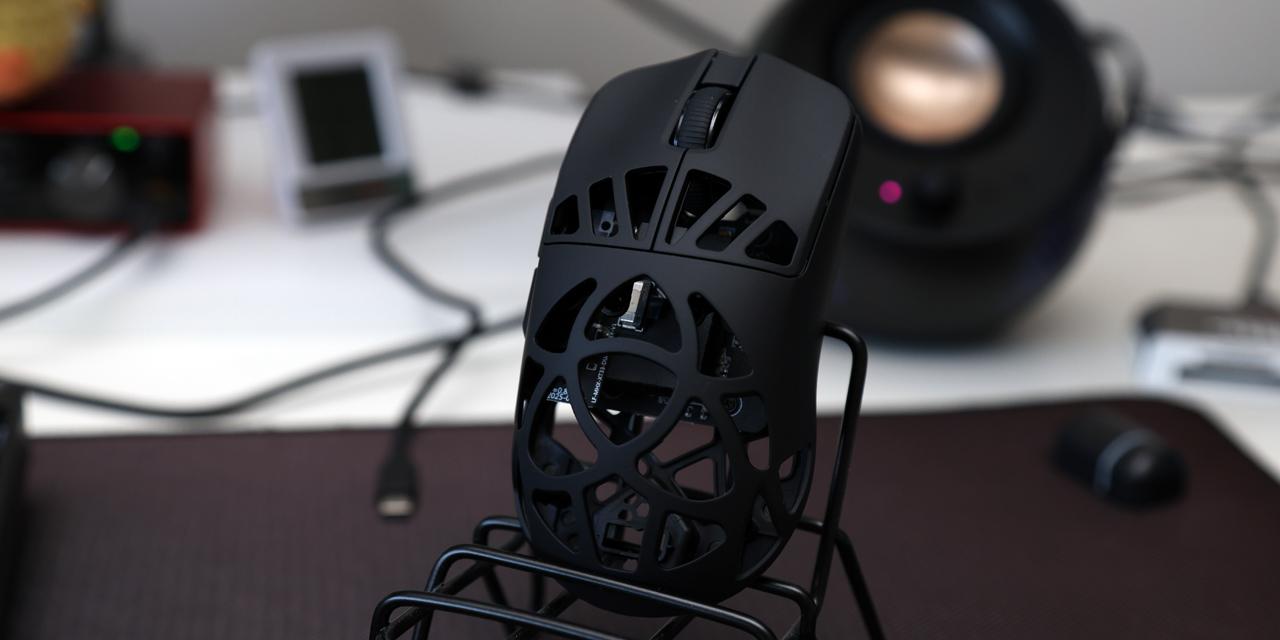Page 2 - A Closer Look - Hardware

The Turtle Beach Rematch Wireless Controller has a very flashy and attractive design. The Mario in the middle really pops out for its uniqueness. Unlike the first-party Nintendo Switch Pro Controller, this one is much more colorful with its purple and teal color scheme. The background of the Rematch Wireless Controller also shows this same color scheme with a nice gradient between the two colors over a set of white stars. Some may not love the appearance of Rematch Wireless, as it does not necessarily have the same premium feel as the Pro Controller. Mario in the middle is not the sharpest or high-resolution image. Even so, the overall appearance is both unique and eye-catching.
The layout of the Rematch Wireless is like the Switch Pro Controller, although there are some slight differences. We have a wide body with two extending arms where you would hold the device. On the left side, there is a thumbstick with a D-pad nearby. On the right, there are standard ABXY buttons in the same location as other Nintendo controllers. This is important to note, since this is swapped from the Xbox gamepads. In the middle, there are four more buttons with Capture and Home buttons above the '-' and '+' buttons. It should be noted these pairs are swapped compared to the first-party option, with the -/+ buttons lower than the other two. This is likely to ensure the middle design is not covered. There is one more Turtle Beach specific button on the front, which is a small purple one on the bottom left corner of the right thumbstick. This is used for setting up the two back buttons, as I will explain later. As you know, this does not have the C button that is used on Switch 2 as a GameChat shortcut.
For dimensions, the specifications from Turtle Beach are incorrect. Based on our measurements, the Rematch Wireless Controller is 150mm in width, 111mm in depth, and 55mm in thickness. It is the same physical size as the Nintendo Switch Pro controller. In addition, the gamepad is approximately 217g, which is around 30g lighter than the first-party option. As for the buttons and thumbsticks, they all feel okay, but clearly a step below the Nintendo Switch Pro gamepad. The buttons are stiffer and require more pressure to trigger. The analog sticks feel smooth and offer a deeper concave middle and a high lip to easily take hold of. However, they are not using Hall effect sensors, which means they may wear out. The D-pad also has a slightly deeper concavity, so your left thumb sits comfortably.

On the back of the Turtle Beach Rematch Wireless Controller, there is a pair of shoulder and trigger buttons with a smooth finish. They are marked with L/R and ZL/ZR and are teal in color. This pops visually from the rest of the purple body. I should note, just like the official Pro Controller, the ZL and ZR are not true triggers, as they feel more like a button without any analog action. This is a decision Nintendo has chosen, so I will not blame Turtle Beach for this one. Otherwise, these four inputs all feel like the other buttons with a slightly stiffer feel on initial actuation. In the middle between the triggers, there is a USB Type-C input for charging and a small button to connect the Rematch Wireless to your console.
As the product name indicates, the Turtle Beach Rematch Wireless Controller works via a wireless connection to your console. It pairs in the same way other Nintendo controllers do. Turtle Beach says this unit has a 30ft range and up to 40 hours of playtime. We will see if these claims hold up in our performance. However, when you are low on charge, the small button near the right thumbstick will flash ever so often. While it is charging, this LED will pulse in orange until it is fully charged and turns white.

Just like other Turtle Beach gamepads we have seen, there are two more buttons on the back of the Rematch Wireless Controller to augment your experience. These two paddles reside right where your fingers wrap around the device so you can quickly actuate them with immediate presses. These bottom buttons have a nice tactile click with each press and have a slightly speckled pattern to help you feel the button. These can be set with the small extra button on the front. First, hold the small button and press one of the paddles. Next, press the button you want the paddle to execute. If you want to reset or disable any of these buttons, you can press the extra button and double click any of the paddles. Otherwise, there is some Turtle Beach branding and certifications on the back label.

If you think the design of the Turtle Beach Rematch Wireless Controller is flashy with the lights on, you can also turn off the lights and see the Invincible Mario also glows. This is not an active backlight, but rather absorbs light through photoluminescence. Our unit has a glowing portion behind Mario which looks nice. The other Super Mario Star variant of the Rematch Wireless Controller also glows.


As for the Donkey Kong version, this has a lenticular design that shows two different scenes based on how you look at the controller. You can see between the two viewing angles of the same controller, different elements are more prominent. The Mario Bricks version also has a similar lenticular design. Regardless of which one you prefer, I appreciate Turtle Beach trying out ways to make their gamepads stand out, even if it is just by appearance.
Page Index
1. Introduction, Packaging, Specifications
2. A Closer Look - Hardware
3. Subjective Performance Tests
4. Conclusion
